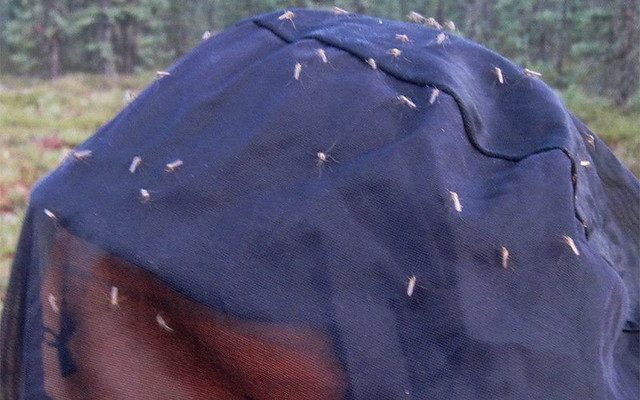Anopheles /əˈnɒfᵻliːz/[1] (Greek anofelís: “useless”[2]) is a genus of mosquito first described and named by J. W. Meigen in 1818.[3] About 460 species are recognised; while over 100 can transmit human malaria, only 30–40 commonly transmit parasites of the genus Plasmodium, which cause malaria in humans in endemic areas. Anopheles gambiae is one of the best known, because of its predominant role in the transmission of the most dangerous malaria parasite species (to humans) – Plasmodium falciparum.
The name comes from the Greek αν, an, meaning “not”, and όφελος, óphelos, meaning “profit”, and translates to “useless”.[1] Anopheles mosquitoes kill about 440,000 people each year because of malaria.
Some species of Anopheles also can serve as the vectors for canine heartworm Dirofilaria immitis, the filariasis-causing species Wuchereria bancrofti and Brugia malayi, and viruses such as one that causes O’nyong’nyong fever. An association of brain tumor incidence and malaria suggests the Anopheles might transmit a virus or other agent that could cause a brain tumor.[4]
Mosquitoes in other genera (Aedes, Culex, Culiseta, Haemagogus and Ochlerotatus) can also serve as vectors of disease agents, but not malaria.
(From: Wikipedia, April 2017)




